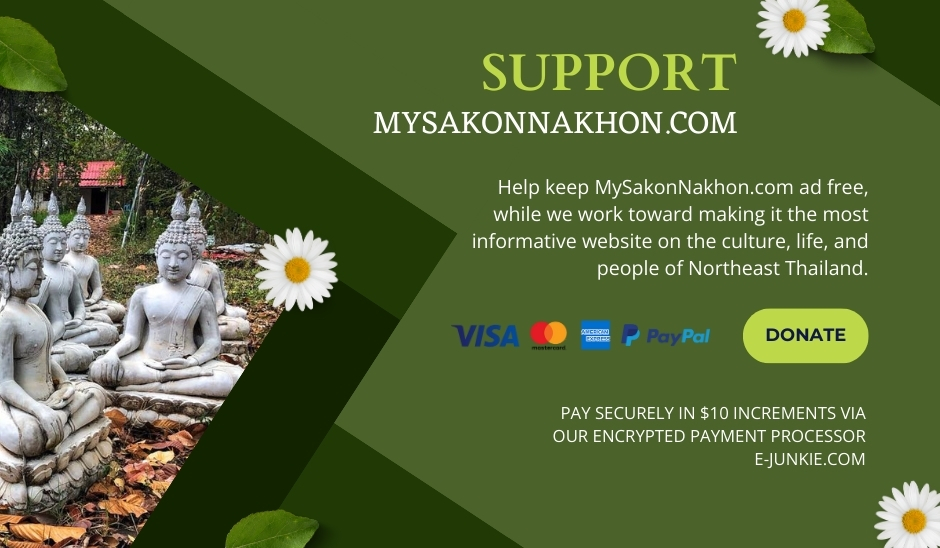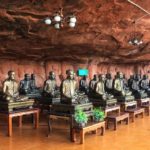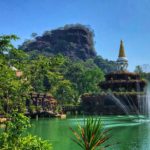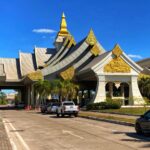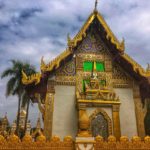
Chao Pu Thala & The Phu Thai Tribe of Northeast Thailand
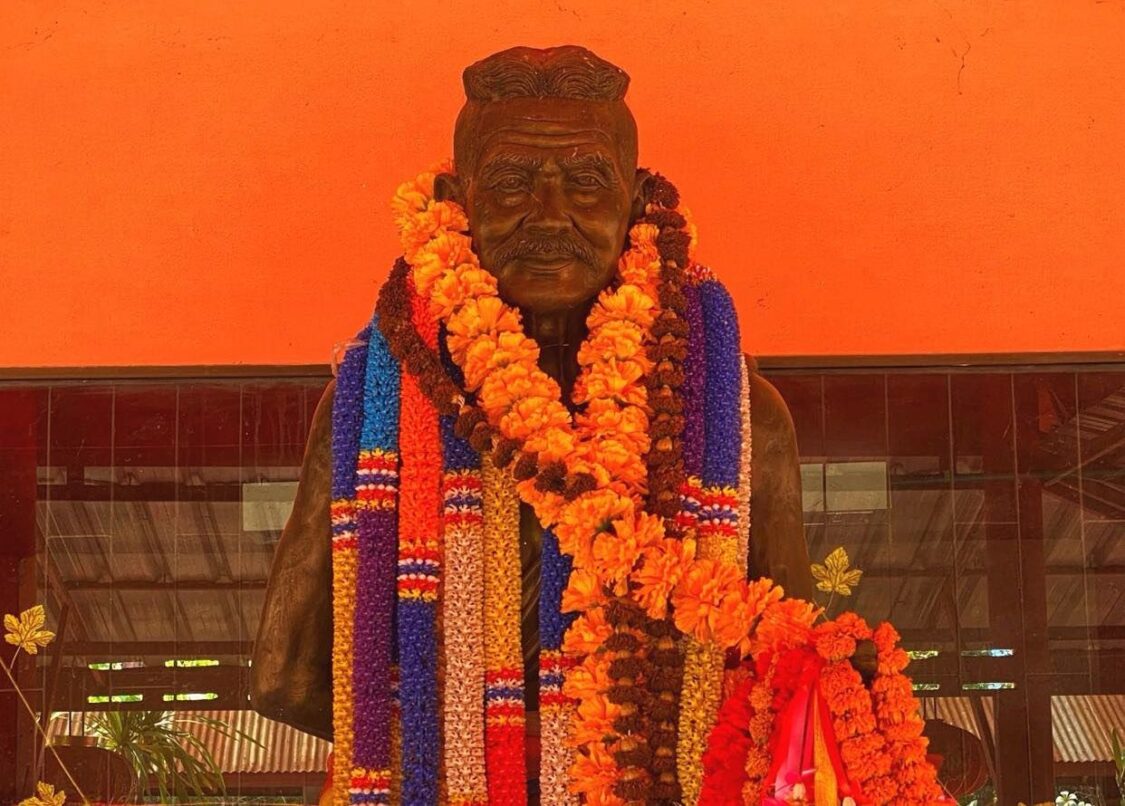
The Phu Thai (ชาวภูไท) are one of several tribal peoples who live in Northeast Thailand, including Sakon Nakhon and the neighboring province of Nakhon Phanom. It’s believed that the Phu Thai migrated from Laos into the Northeast (Isaan) from the 15th to the 18th centuries, with a spiritual belief system that combines Buddhism with animism and ancestor worship. They are widely-recognized for their skill at woven textiles, fishing, and rice farming.
The most revered ancestor worshiped by the Phu Thai is Chao Pu Thala (เจ้าปู่ถลา), who according to legend was a fearsome warrior who protected the Phu Thai tribe and whose spirit continues to look after their well-being.
Both Sakon Nakhon and Nakhon Phanom have shrines dedicated to this great protector of the Phu Thai peope. The one in Sakon Nakhon province is located in Phanna Nikhom and goes by the name Hor Thala City Pillar Shrine (ศาลหลักเมืองหอถลา). The one in Nakhon Phanom is named Chao Pu Thala Renu Nakhon Shrine (ศาลเจ้าปู่ถลาเรณูนคร), Renu Nakhon being the district where the shrine is located.
Every year on the 9th day of the 4th Lunar Month, a Chao Pu Thala Festival is celebrated in Phanna Nikhom, where Phu Thai women dressed in traditional attire perform dances at the shrine, music is played, and Phu Thai food is served to guests. At the Nakhon Phanom shrine, a special ceremony often is held in December.
It is said that Chao Pu Thala’s favorite dish is fresh beef. So at Reno Nakhon ceremonies, you’ll find a cow’s head, its four legs, and its tail, being served on a tray as an offering. Phu Thai dishes also are served up, such as raw “larb neua” (minced beef salad) with blood, as well as cigarettes and lao khao (rice whiskey). Incense will be burned and flowers (usually roses) will be hung on his statue and laid at his feet.
After presenting the offerings to Chao Pu Thala, and saying special prayers, the food, whiskey, and cigarettes are distributed among the faithful at the ceremony — which is led by a Phu Thai elder who is believed to have a special spiritual connection with the great ancestor, and is someone of exceptional moral character.
The Chao Pu Thala shrine in Phanna Nikhom is located about a kilometer from the famous Wat Pa Udom Somphon, which is home to the Ajarn Fun Acharo Museum. The Reno Nakhon shrine is located about 50 kilometers south of the famous Nakhon Phanom Naga Monument on the Mekong River.
- The Hidden Dharma of Thai Language & Culture - May 11, 2024
- The Royal Ploughing Ceremony in Thailand – A History - May 8, 2024
- Dying Well the Buddhist Way in Thailand - May 7, 2024
